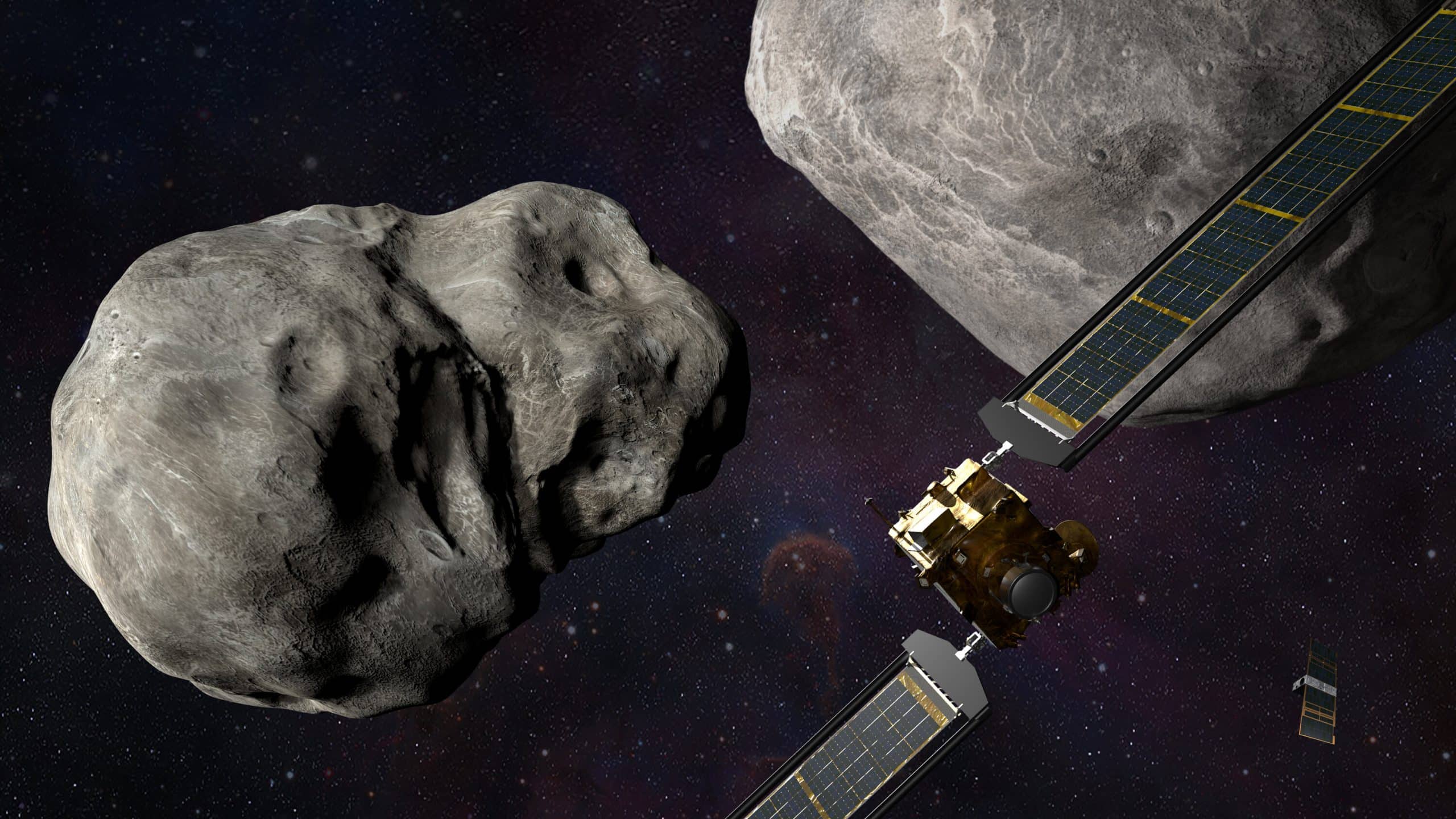The Time Was Cut Short to 32 Minutes
After the impact, Dimorphos’ orbit surrounding Didymos shortened by 32 minutes, from approximately 11 hours and 55 minutes to 11 hours and 23 minutes, as measured by data sets collected by ground-based optical and radio observatories, as stated by Lori Glaze, head of NASA’s Planetary Science Division. Glaze told journalists, “For the first time in human history, mankind has altered the orbit of a planetary object.” According to DART team member Lori Glaze, even a 73-second shift in Dimorphos’ orbit would have been enough to prove the technology works. According to her simulations, the 32-minute shift was possible, but it was toward the top end of the projected range. According to Nancy Chabot, the head of DART operations at the Johns Hopkins Applied Physics Laboratory, a substantial volume of surface material was thrown up by the crash, which likely amplified the shock. DART, about the size of a refrigerator, slammed into the unwary asteroid at a speed of 14,000 miles per hour (or 22,500 kilometers per hour). The fact that the 525-foot-wide asteroid Dimorphos is likely just a jumbled mess of boulders also played a role in the success of the operation.
A Comet-Like Tail
In the hours and days after the hit, it appeared apparent that the collision had a significant influence on the system. After the hit, the Italian LICIACube satellite, which was also on the mission, took pictures that showed the rubble clouds, which resembled tentacles. Significant quantities of debris were blasted up by the collision, as seen by both ground-based observatories as well as the Hubble and Webb satellite equipment. As per Glaze, solar winds have blown the fine-grained granules off of the moonlet Dimorphos, causing it to create a comet-like tail. While DART has been wildly successful so far, there is still more to be done. Astronomers will want to see what kind of influence comparable kinetics have on more substantial objects since not all asteroids are just jumbles of garbage. But as Glaze stressed during the presentation, the most pressing issue at the moment is compiling a list of all the possibly hazardous asteroids in the planetary system.
